The impact of the electrocatalythic properties of Cu/Ag core-shell nanoparticles for the reduction of CO2 in an electrochemical flow microreactor legaten
In the last decades, the amount of CO2 in the earth’s atmosphere has increased enormously. Due to the goals set by Europe, CO2 mitigation is of major importance for industry as well as society.


